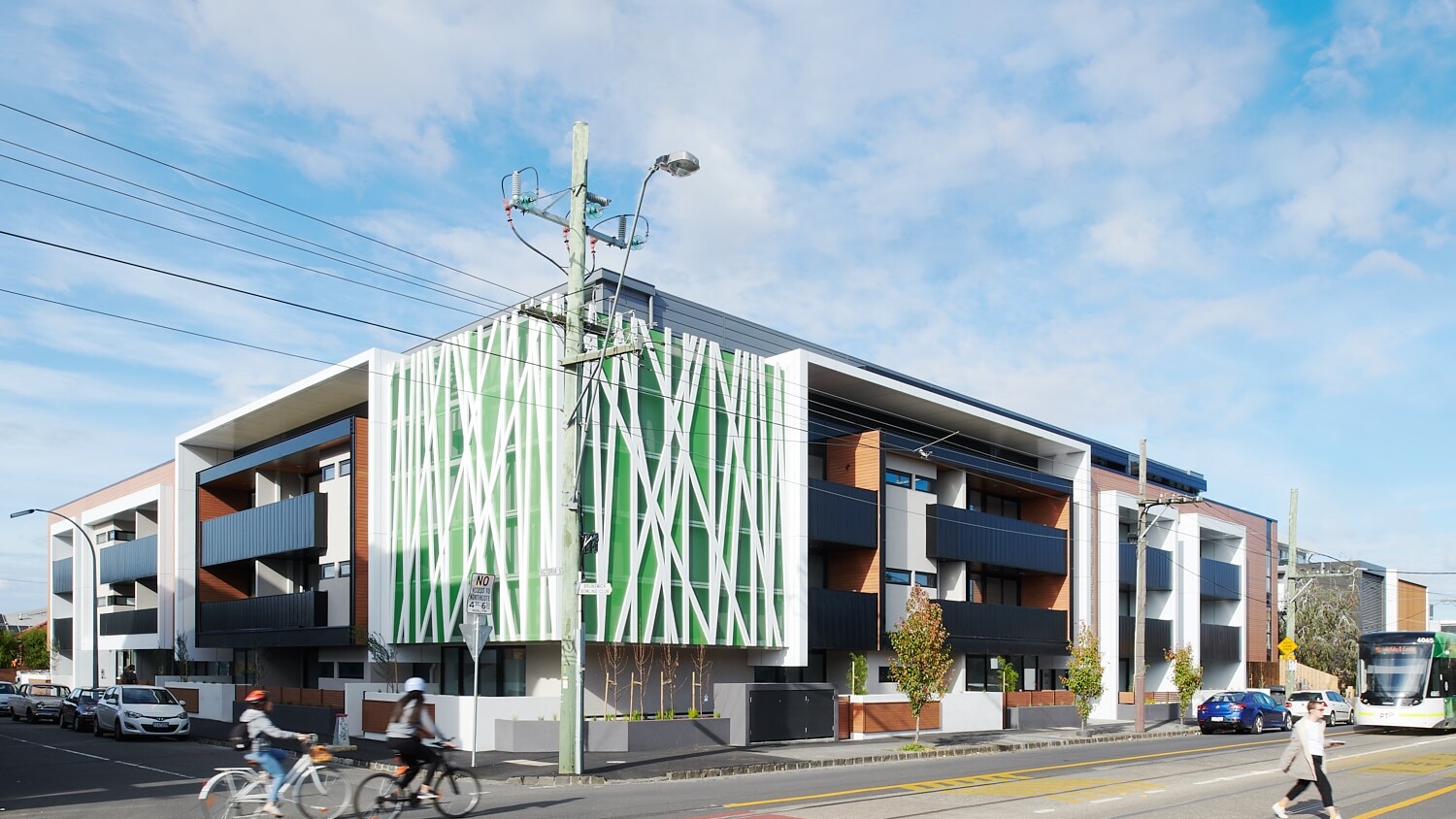Thinking Beyond Beautiful Imagery: The Architectural Photographer’s Role in Documenting a Changing Urban Landscape
At the start of 2019, one of my goals was to understand the nuances of architecture. More specifically, to understand the social issues around architecture in the urban environment. As a photographer who has been photographing architecture and interiors for a few years, I have been absorbed by the prettiness of my chosen discipline yet unaware of the social implications of architecture. Luckily, in Melbourne, the architecture scene is very strong and we have two key events (Melbourne Design Week and Open House Melbourne) that provide a plethora of talks around architecture discussing social issues. The Open House events are occurring globally and you can access more information here.
The Super Tight Bar Talks that launched as part of Open House Melbourne, explored spatial tightness of urban living in Asia as well as looking at adaptive reuse projects and the rise of gentrification, both resonated deeply with me. I had the opportunity to attend a couple of the talks given by Yoshiharu Tsukamoto (Atelier Bow-Wow) and Minsuk Cho (Mass Studies) which correlated with what is currently happening with Melbourne’s large volume of multi-residential projects under development (To give you a sense of an extreme result of this boom, the B1M covered this in a brilliant video which can be seen here). These projects are slowly changing the face of both the city and suburbs; old buildings which have been around for decades are being replaced by new buildings of questionable architecture and building quality. In some cases existing buildings have been repurposed for completely different uses, altering the fabric of communities which have depended on them.
These types of changes got me thinking: how do we as photographers document these changes aside from using photography that makes the transformation appealing and highlights the differences yet encapsulating the present time?
By chance, I stumbled across the work of Melbourne Visual Artist Daniel Crooks. Crooks have used a myriad of techniques from building his own programmable dolly to a variety of filming techniques to slice the notion of time as he explains in his Phantom Ride interview below. What I found fascinating with this video (Phantom Ride) there was no obvious cutting but as a viewer, you were driven into the future through a portal while passing through the present time. Going back to my initial hypothesis on documenting the change in the urban fabric, using the techniques Crooks has talked about in Phantom Ride summarises perfectly how changes in the urban environment can be recorded, contrasting between what stood before and now.
Daniel Crooks interviewed about his Phantom Ride project.
It is important as architectural photographers to think beyond the notion of creating beautiful imagery. We also need to consider the implications of architecture within our communities as well as creating awareness of these implications in our work through a medium which should not be limited to photography. On a personal level, seeing projects like Crooks has motivated me to learn about film making for my own creative pursuits with the hope of creating my own unique body of work to depict the architecture and its surrounds.
If you would like to see more of Crooks work then his Vimeo channel hosts a large body of his work including his work with slit scanning techniques.
